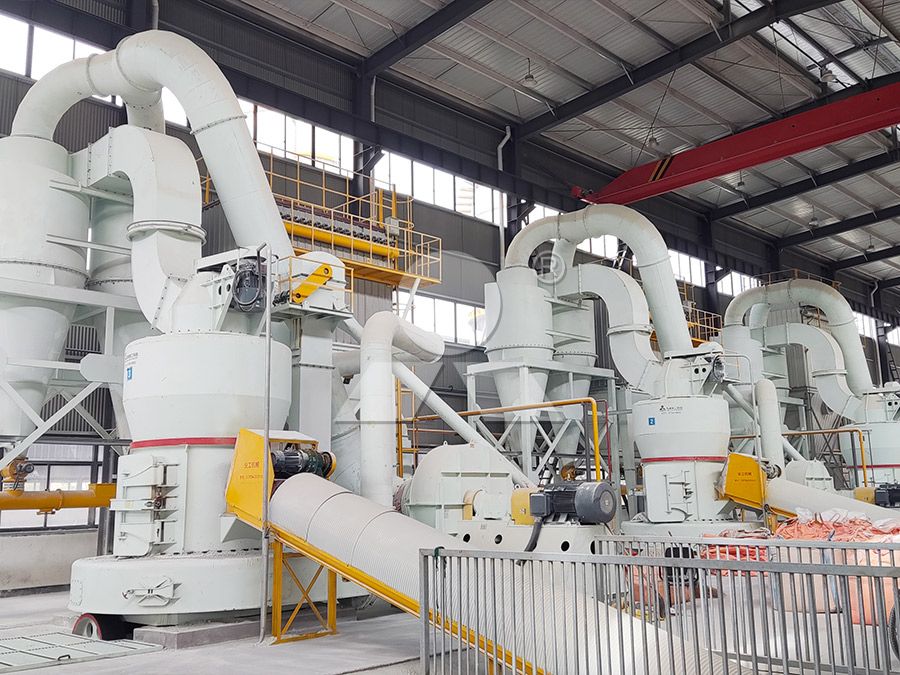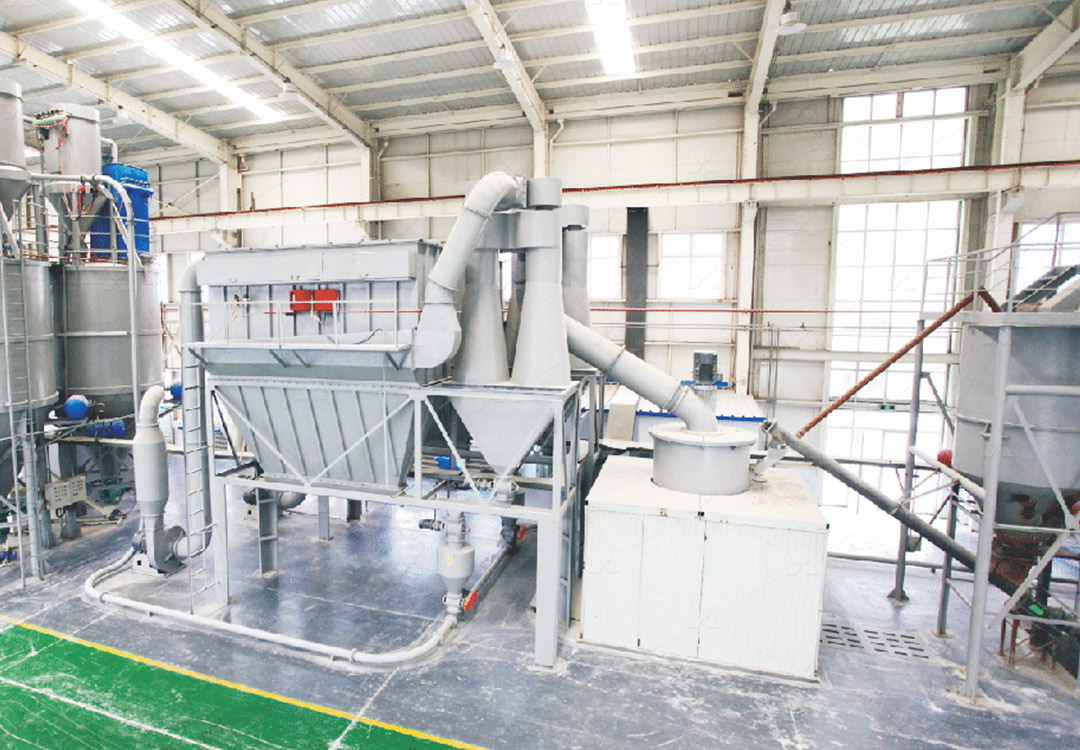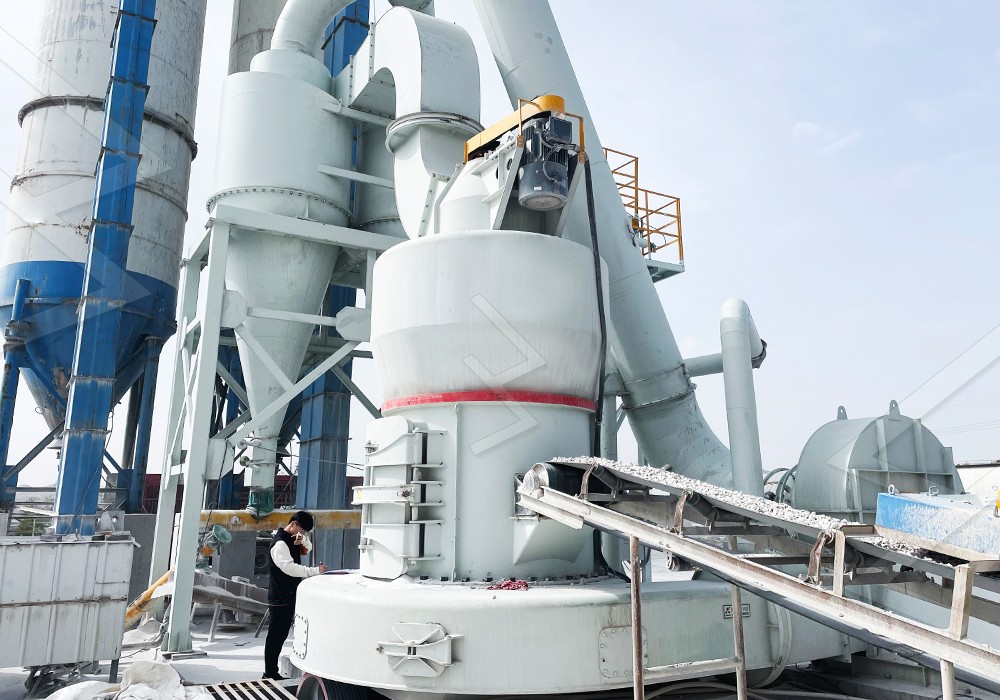Solutions for Vibration Issues in Kaolin Grinding Mills
Understanding Vibration Challenges in Kaolin Processing
Kaolin grinding operations frequently encounter vibration issues that can significantly impact production efficiency, product quality, and equipment longevity. These vibrations typically stem from imbalanced rotating components, uneven material feeding, worn grinding elements, or structural resonance. In severe cases, uncontrolled vibration can lead to catastrophic equipment failure, necessitating costly repairs and extended downtime.

The unique properties of kaolin – including its abrasive nature and varying moisture content – present specific challenges for grinding equipment. Traditional mills often struggle to maintain stable operation when processing this material, particularly when aiming for ultra-fine particle sizes required by premium applications in paper coating, ceramics, and cosmetics.
Advanced Engineering Solutions for Vibration Control
Modern grinding technology has developed several effective approaches to mitigate vibration problems. These include precision dynamic balancing of rotating assemblies, innovative mounting systems with vibration damping, and advanced control systems that automatically adjust operational parameters in response to changing conditions.
One particularly effective solution comes from our MW Ultrafine Grinding Mill, which incorporates several vibration-reduction features. With an input size of 0-20 mm and capacity ranging from 0.5-25 tph, this machine is specifically engineered for stable operation when processing challenging materials like kaolin. The absence of rolling bearings and screws in the grinding chamber eliminates common failure points that often contribute to vibration issues. This design philosophy prevents bearing damage and eliminates machine failures caused by loose screws – two frequent sources of operational instability.

Integrated Vibration Management Systems
Beyond individual component design, comprehensive vibration management requires a systems approach. This includes proper foundation design, strategic placement of damping materials, and real-time monitoring equipment that can detect developing problems before they escalate.
For operations requiring even greater stability, our LUM Ultrafine Vertical Grinding Mill offers double position-limiting technology that makes operation exceptionally stable. This system employs both electronic limiting technology and mechanical limiting protection technology to prevent destructive impacts caused by machine vibration. The reversible structure also simplifies maintenance, allowing operators to easily move grinding rollers out of the body for inspection and replacement, thereby reducing vibration-related wear and tear.
The grinding curve optimization in both these mills ensures uniform material distribution and consistent grinding pressure, which significantly reduces the vibration spikes commonly experienced with traditional equipment. The cage-type powder selector in the MW mill, adopting German technologies, further enhances operational stability by maintaining consistent separation efficiency even under varying feed conditions.
Operational Best Practices
Proper operational procedures play a crucial role in vibration management. Regular maintenance schedules, consistent feed rates, and appropriate material preparation all contribute to smoother operation. Monitoring systems should track vibration patterns over time, establishing baselines that help identify developing issues before they become critical.

The efficient pulse dust collector and muffler systems in the MW Ultrafine Grinding Mill not only reduce environmental impact but also contribute to overall system stability by maintaining consistent air flow and pressure – factors that directly influence vibration characteristics in grinding systems.
Frequently Asked Questions
What are the primary causes of vibration in kaolin grinding mills?
Imbalanced rotating components, uneven material feeding, worn grinding elements, and structural resonance are the most common causes. Material buildup and improper alignment also contribute significantly to vibration issues.
How does the MW Ultrafine Grinding Mill address vibration concerns?
The MW mill eliminates rolling bearings and screws in the grinding chamber, removing common vibration sources. Its optimized grinding curves and cage-type powder selector maintain consistent operation, while external lubrication allows continuous 24-hour operation without vibration-inducing maintenance interruptions.
Can vibration issues be completely eliminated in grinding operations?
While some vibration is inherent in all mechanical systems, modern grinding mills can reduce it to levels that don’t affect operation or product quality. Proper maintenance and operational practices combined with advanced mill designs keep vibration within safe parameters.
How often should vibration monitoring be performed?
Continuous monitoring is ideal, but at minimum, comprehensive vibration analysis should be conducted during regular maintenance intervals. Many modern mills include built-in monitoring systems that provide real-time data to operators.
Does material moisture content affect grinding mill vibration?
Yes, varying moisture levels can significantly impact material flow characteristics and grinding efficiency, which in turn affects vibration patterns. Consistent material preparation helps maintain stable operation.
